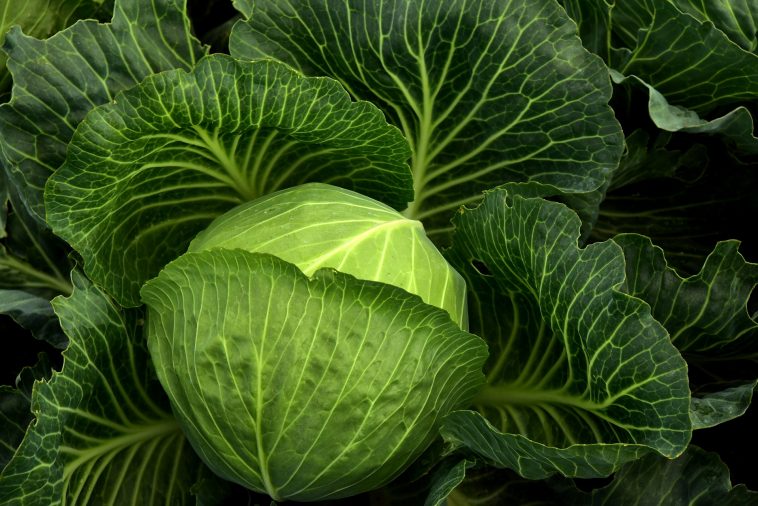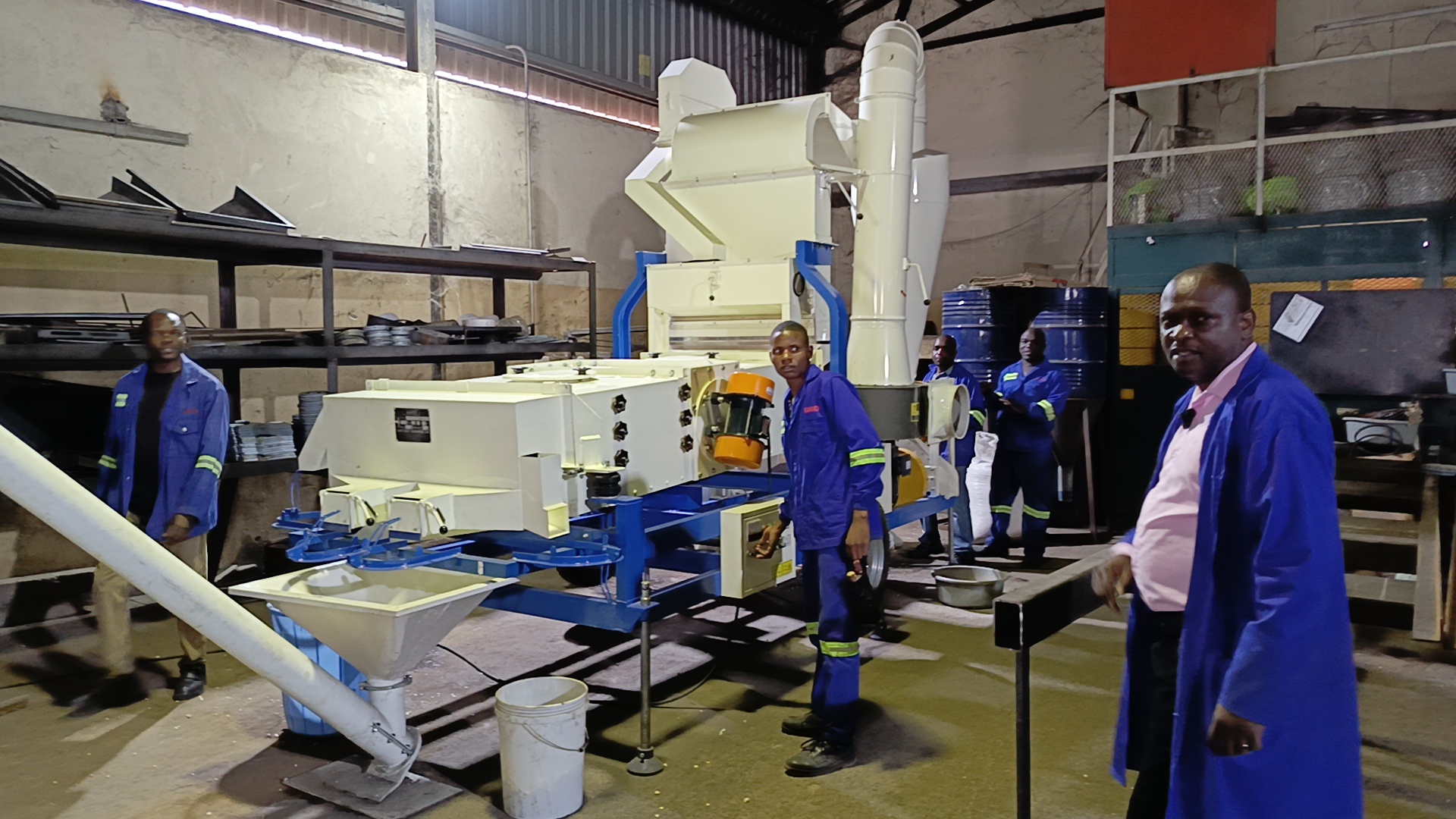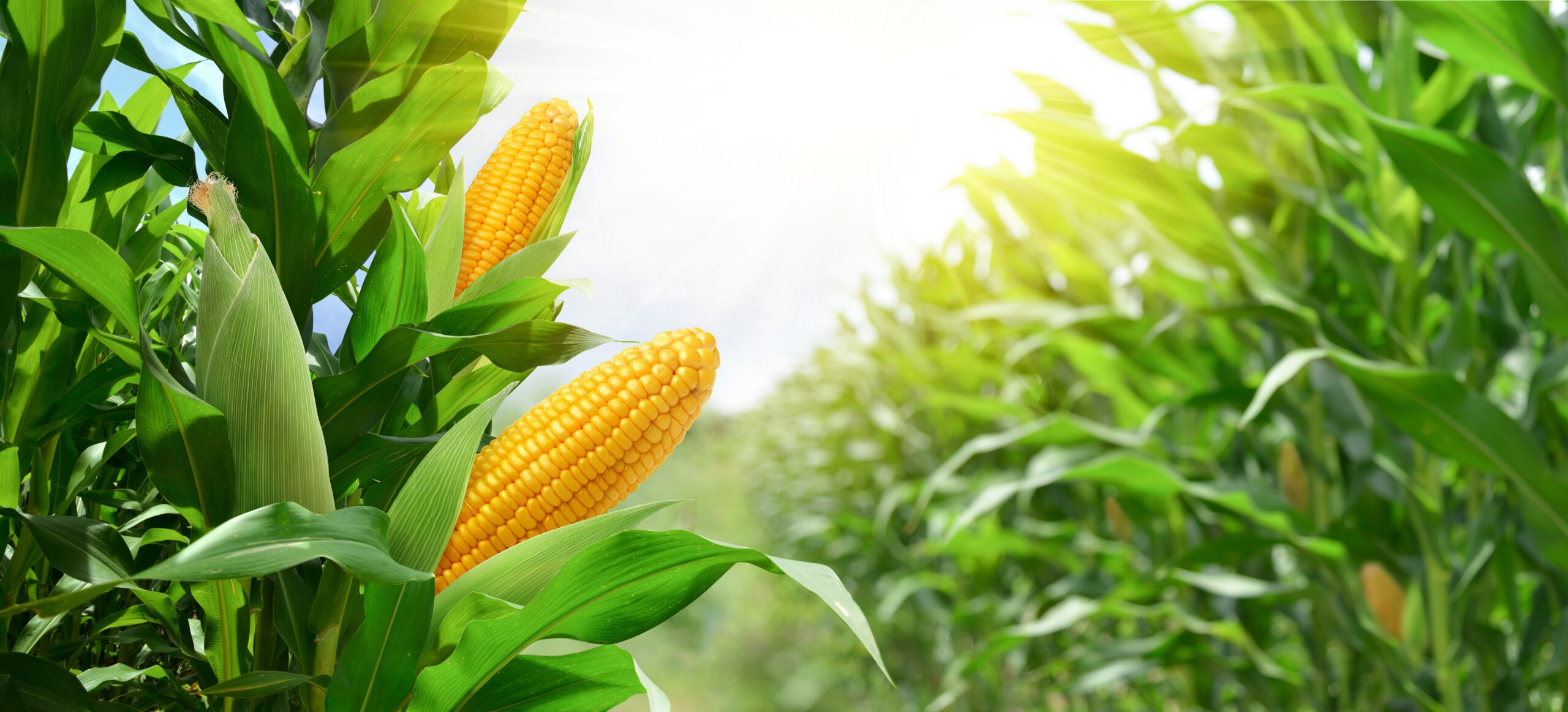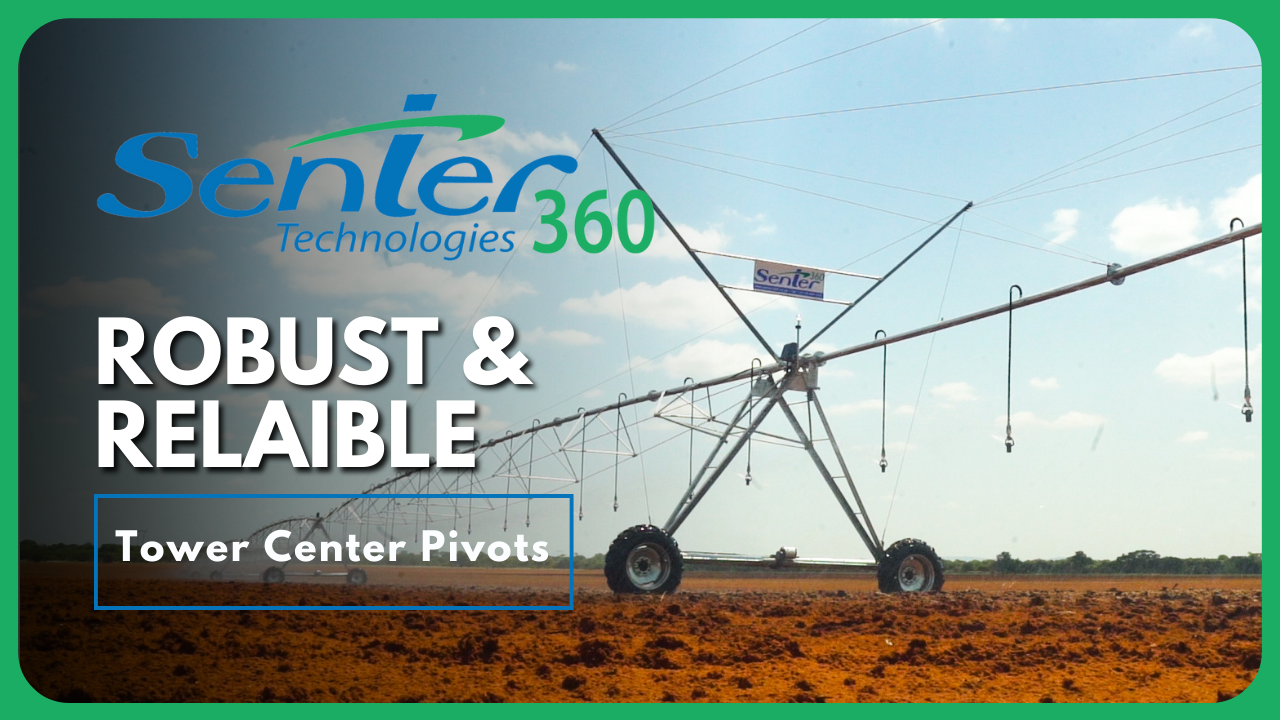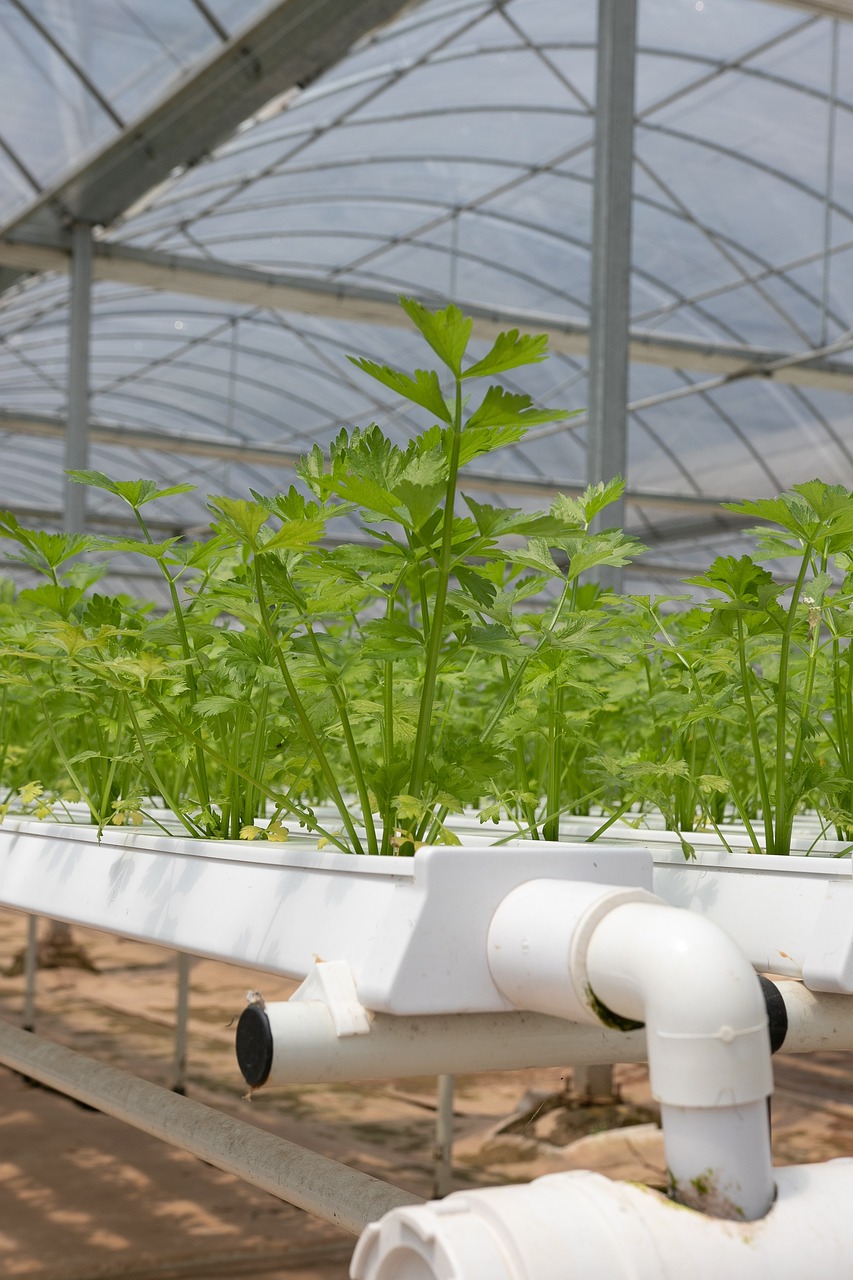Whether you are a commercial vegetable farmer, subsistence farmer, emerging farmer, or just an avid gardener who wants to learn to grow his own vegetables, there are certain important guidelines that you need to follow to grow your veggies successfully. In the previous article, we discussed the proper cultivation of spinach. In this edition, our focus will be on growing healthy cabbage.
Cabbage is believed to have evolved from a wild form native to Europe, growing along the coast of the North Sea, the English Channel and the northern Mediterranean. Saxons and Romans probably cultivated and introduced it to the British Isles. Cabbage is now grown throughout the world.
Soil and climatic requirements
Cabbage thrives in well-drained, moisture-retentive, loamy soils well supplied with organic matter. It does not grow well in highly acidic soil. The ideal soil pH ranges from 5,5 to 6,5 and it should not be allowed to drop below 4,5. The optimum temperatures for growth and development are from 18 ° to 20 °C. It is fairly resistant to frost and can survive temperatures as low as –3 °C without damage. Cabbage is also adapted to a wide variety of weather conditions and can as such be grown throughout the year in most regions.
Uses
The plant was used for medicinal purposes to treat gout, stomach problems, deafness, headache and hangovers in the early days. The entire plant can be consumed cooked or raw as a salad.
Propagation
Cabbage is propagated from seeds. The land should be clean and it should be cultivated eight weeks before planting. The ground must be ploughed deeply, immediately before planting, with a disk harrow or other suitable implement to a depth of 450 to 600 mm. The soil should be fumigated two weeks before planting time if necessary, to control nematodes.
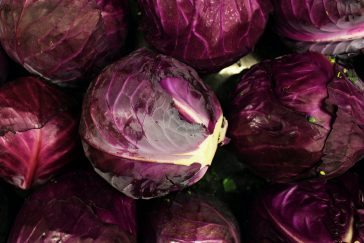
Planting
Cabbage may be planted by direct seeding or transplanting of seedlings. If direct seeding is to be used, about 2 kg of seed per hectare may be required. Seedlings should be transplanted as soon as they reach the desired size and, only well-hardened, young, stocky plants should be used. Transplanting is done in moist soil. The soil around the roots should be firmed and irrigated as soon as possible after setting the seedlings. In wet areas, cabbage should be planted on raised beds or ridges to reduce waterlogging and stem or root rot diseases.
Plant populations of 40 000 to 45 000 per hectare are suggested for large-headed types while for cultivars with medium-sized heads, populations of 55 000 to 65 000 plants per hectare are said to be ideal. For baby cabbage, populations of 80 000 to 100 000 plants per hectare are recommended.
It is recommended that large-headed cultivars should be planted 600 to 700 mm apart between rows and 450 mm apart within rows. Smaller-headed varieties are planted 600 mm between rows and 300 mm within rows.
Fertilisation
Fertiliser programmes should be based on soil analyses and should be developed for each field. Cabbage requires 200 to 250 kg nitrogen per hectare. Nitrogen is supplied in split applications, where half to two-thirds are spread and ploughed in just before planting. The first application is made together with phosphorus and potassium. The remainder is applied as a side dressing 2 to 3 weeks after transplanting and again 3 weeks later or applied (once-off) at about 6 weeks. A top dressing of 300 kg LAN should be applied approximately 4 weeks after transplanting and again 4 weeks later if required.
Irrigation
Cabbage should be irrigated immediately after sowing or transplanting. Thereafter, irrigation should be applied at intervals of 10 to 12 days in heavy soils or 8 days in light soils and the schedule should be followed until the heads are fully developed and firm. Young plants should receive enough water for vegetal growth before forming heads. Excess moisture when the heads have formed may cause them to crack.
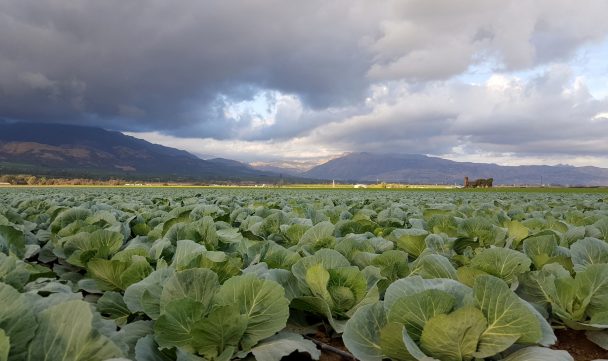
Weed control
Weeds are controlled mechanically or by hand as well as chemically by applying registered herbicides. Mechanical cultivation should be done during land preparation until the plants are about half-grown. The first cultivation should be done 2 to 3 weeks after transplanting.
- Pest and disease control
- Frequent pests that affect cabbage are:
- Aphids (several kinds)
- Diamond-back moth
- Bagrada bug
- American bollworm
- Cabbage webworm
- Greater cabbage moth
- Red spider mite
- Cutworms
- Plusia looper, thrips, and nematodes.
Control can be achieved by practising crop rotation. Always try to keep the field clean and free of weeds as weeds could serve as a host for many pests. Frequent diseases include damping off, Sclerotonia rot or white mould, clubroot, Fusarium wilt or cabbage yellows, blackleg, downy mildew, black rot and bacterial and leafspot.
Control can be achieved through chemical means, planting tolerant or resistant cultivars, using disease-free seed or seed treated with hot water, practising crop rotation, avoiding the use of sprinkler irrigation, increasing the interval between irrigation, controlling cruciferous weeds, deep-ploughing of all infected plant material, treating the seedbed with fungicides, spacing seedbeds far from old production fields, destroying seedbeds if leaf lesions are found, removing all cabbage material remaining in seedbeds and removing cruciferous weeds from production fields as well as all debris after harvesting.
The information provided in this article is credited to the South African Department of Agriculture, Forestry and Fisheries. For more information visit their website on www.daff.gov.za

